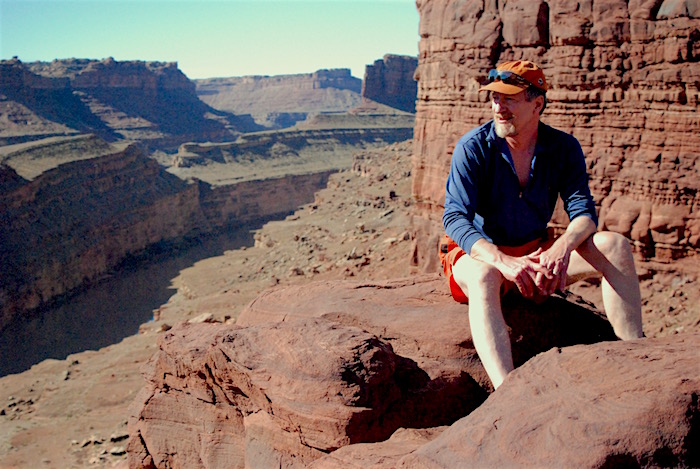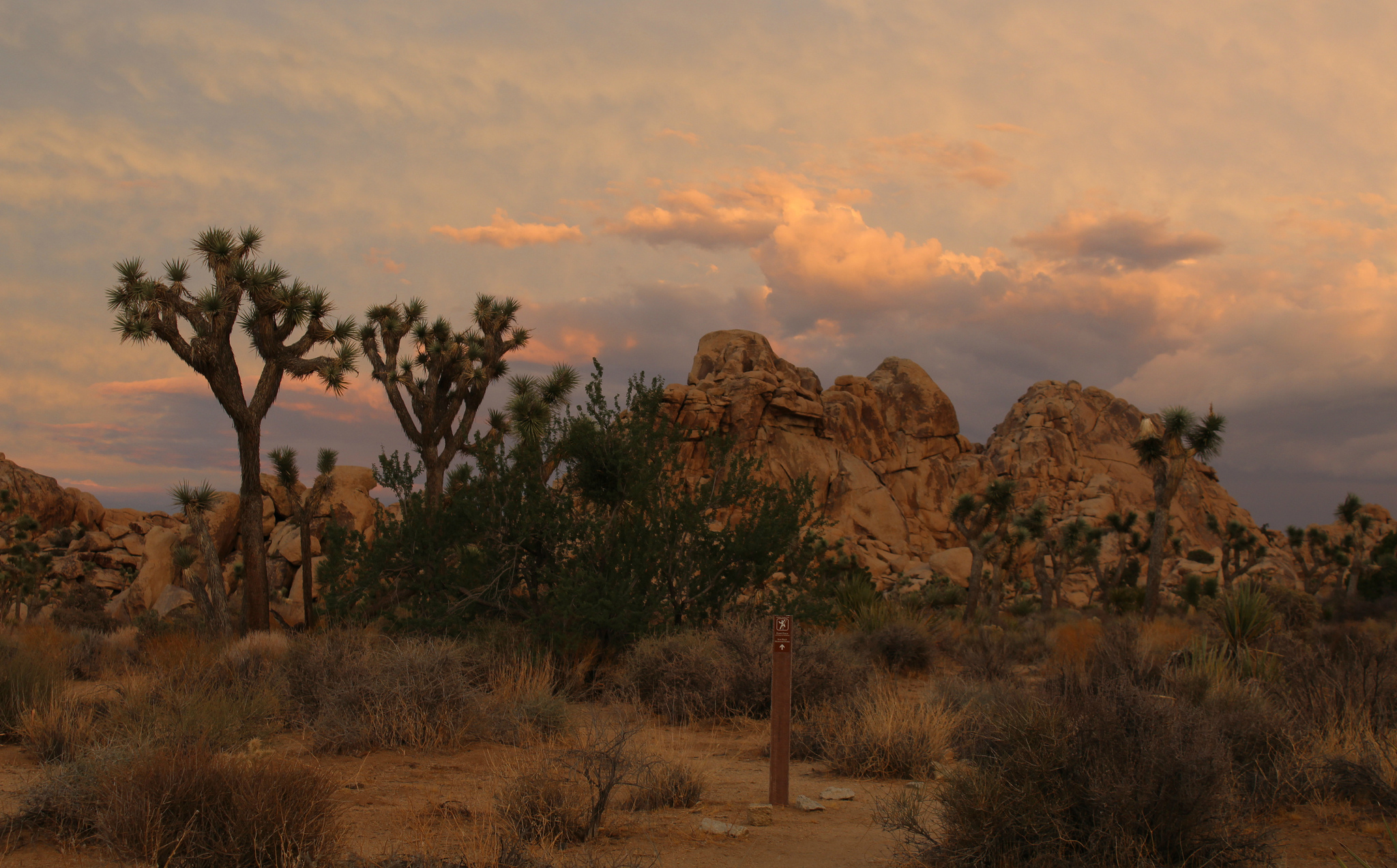Sign up for The Media Today, CJR’s daily newsletter.
On January 8, National Parks Traveler reported that Joshua trees had been cut down in their namesake national park during the partial federal government shutdown. Then the comment section blew up—with allegations of false reports and #fakenews, calls to protect the parks, and debates over border-wall funding.
“Assuming the story is correct, I can only conclude that this park could use a big beautiful wall to protect it from illegal entry,” one commenter wrote. “Yeah, because no one ever cut down a tree in a NP until Trump became President,” another added.
ICYMI: The challenges of covering a shutdown marked by lies
Kurt Repanshek, the publication’s founder and editor, intervened and encouraged civil exchanges. In an interview last week, however, Repanshek said the episode demonstrated just how politicized the National Park Service has become. “It’s the focal point of the shutdown in many aspects,” he said at the time.
For more than a decade, Repanshek, a former Associated Press reporter, has made a job of following on-the-ground happenings across the country’s 418 national park system sites. National Parks Traveler, launched initially as a blog, is now a nonprofit news organization that averages 100,000 monthly readers and publishes a blend of content aimed at everyone from casual vacation planners to what Repanshek calls the “hardcore national park junkie.” To Repanshek’s knowledge, his site is the only editorially independent publication focused exclusively on national parks and protected areas. Stories have tracked the search for a slave ship wreck in Biscayne National Park, controversy over the parks as a backdrop for the Sports Illustrated swimsuit issue, and breaking news on Interior Department leadership changes. Repanshek, the site’s only full-time employee, runs the publication from his house in Park City, Utah, and works with a nationwide network of freelancers and volunteers.

Kurt Repanshek, founder and editor of National Parks Traveler. Photo courtesy of subject.
Previous federal shutdowns impacted the national parks, but this year’s presented a particular challenge for reporters. During the 2013 shutdown, parks closed; this time, however, they remained open, while National Park Service employees were furloughed. Repanshek, who recalled reaching a Yellowstone ranger during a shutdown under the Obama administration, called the superintendent of Grand Teton National Park for a shutdown story. All he got was a recording about the furloughs. “It was incredibly hard to know what was going on in the parks, because nobody was answering the phones,” he says.
Reporters covering the impacts of furloughs on the parks mostly lacked access to official sources, which made verifying information more challenging—at a time when, Repanshek says, parks have been particularly politicized. False and politically motivated information was more difficult to fact-check. Chris Van Leuven, a freelance journalist based in Yosemite who wrote about the shutdown for Outside and Adventure Sports Network, became wary of descriptions of conditions at Joshua Tree National Park after several longtime sources expressed concerns. “Everyone kind of has an agenda, you know,” he says.
Local reporters such as The Arizona Republic’s Priscilla Totiyapungprasert could cover conditions at regional parks by visiting them. When she did, Totiyapungprasert says, she found park staff working or volunteering. Still, they were reluctant to discuss the shutdown. “I could tell they were hesitant to talk to me,” she says.
With limited access to information from the agency, and unable observe every park firsthand, National Parks Traveler relied on trusted sources developed within the National Park Service as well as independent groups that partner with national parks. Erika Zambello, who freelances for the site from Florida, consulted the site’s networks to monitor under-the-radar developments in the parks, and learned that the shutdown interrupted data collection in one of the National Park System’s longest running studies.
.@ShenandoahNPS is home to one of the longest continuous monitoring studies in the National Park System. The shutdown has forced an interruption in data collection, resulting in the longest data gap in the entire project.https://t.co/taxMXhxT8X
— National Parks Conservation Association (@NPCA) January 9, 2019
For his coverage of Joshua Tree, Repanshek managed to get an interview with one key official. Following an announcement that the park would close due to vandalism, Repanshek interviewed park Superintendent David Smith, who confirmed that trees had been cut down. After the interview, Smith and other superintendents stopped speaking with the media, apparently under direction from leadership in Washington, DC, according to E&E News. The National Park Service did not respond to an inquiry from CJR.
The shutdown temporarily ended last week, though the possibility remains that this situation will repeat itself next month. Meanwhile, cleanup of heavy snowfall, fallen rocks, and downed trees is delaying the opening of some parks. Information about park conditions remains hard to get, and Repanshek anticipates a wave of FOIA requests, because the NPS tends to be so tight-lipped under the current administration. “Whether the parks are open or whether the parks are closed, that’s an issue that we try and struggle with on a daily basis,” he says.
From the archives: ‘I wasn’t banned—at least, not as far as I can prove’
Has America ever needed a media defender more than now? Help us by joining CJR today.



